Just a little over two years into its electric vehicle programme, Dyson decided to pull the plug on the four-wheeled project, and told employees via email that the “we simply can no longer see a way to make it commercially viable.” The project had the personal backing (amounting to £2.5 billion, or RM13.4 billion) of company founder and Britain’s richest man, Sir James Dyson.
Half a year later, some of us still wonder, why was the project cancelled? Well, according to an Autocar exclusive, Dyson said most car manufacturers are developing EVs as a way to reduce fleet average CO2 so they could continue selling conventional cars profitably. Dyson’s debuting electric car was meant to carry a starting price of £150,000 (RM806k), and there was no way of lowering the price without affecting business.
Little was known about the Dyson EV prior to this, but the company had some serious talent behind the project, and the car’s specifications are impressive as well. Dyson’s vice president of automotive is Ian Minards (he joined in 2016), formerly a long-serving chief engineer at Aston Martin, and another notable figure was Ian Robertson, who was a company director until mid-2018 when he took on a seat at BMW’s board to champion its i electric car programme.
The Dyson EV was supposed to be a seven-seater, crossover-esque MPV measuring five metres long, with short front and rear overhangs. Dyson fitted gigantic 24-inch wheels with high profile tyres onto the car, creating an unusually high ground clearance while maintaining a short, sleek profile.
From the picture above, you can tell that the wheels are pushed as far apart as mechanically viable, allowing Dyson to cram a humongous 150 kWh lithium-ion battery into the monocoque body. This two-layer battery stack comprising 8,500 cylindrical cells takes up most of the 3,275 mm wheelbase, which offers an all-electric range of 965 km (600 miles). The battery also contributes to the car’s impressive structural rigidity of 25 kiloNewton per degree.
The platform is also future-proofed (a 14-year service life was touted) to accommodate lighter solid-state batteries when they become commercially viable, thereby reducing the EV’s kerb weight of 2,600 kg by a significant margin. With close to 1,000 km of range on a single charge, Dyson believed it was a conclusive advantage, even when compared against Tesla.
“Our research showed that in our part of the market, you were only considered if you could offer a very long range. I know people argue that many drivers only commute 30 miles (48 km) a day, and that may be true, but we found that everyone does a 600-mile trip once a year and sometimes more often. And having to stop to recharge on a trip to Newcastle simply wasn’t on,” the billionaire said.
The electric motors were also designed in-house, of which two (one front, one rear) would power the seven-seater vehicle. They each produce 268 PS, and configured for lowest mass with up to 97% efficiency. Together, the motors offer all-wheel drive with sophisticated traction control and torque vectoring systems, and at the same time generate 650 Nm of torque from standstill.
Initial estimates put the 0-60 mph (0-96 km/h) sprint time at 4.6 seconds, and a top speed of 200 km/h. Apparently, two prototypes reached the driving stage, but Dyson didn’t do any serious performance testing.
The independent air springs suspension system was also developed by Dyson. It features a cross-connection anti-roll system that is reminiscent of the late Alex Moulton’s (English engineer and inventor) pioneering Hydrolastic system, Minards said, which replaces the traditional steel anti-roll bars that most cars use.
The front suspension uses widely spaced double wishbones and the rear is a multi-link system. The car was built to ride higher than a Range Rover in standard form, but Minards said the air suspension offers three different ride heights – 270 mm as standard, 235 mm at highway cruising speed, and a driver-selectable 290 mm for wading or driving on rougher terrains.
Similarly, the car’s design was developed by Sir James Dyson himself, together with longtime colleague Peter Gammack. “We were on a steep learning curve. We didn’t involve outside design studios, but we did get some experienced car people in to show us where we were going wrong. There are all sorts of tricks to designing cars that Pete and I didn’t know about. We learned them partly by trial and error, partly from the advice of the experts,” Dyson said.
Salient design features include a steep front screen rake, low roofline, the use of big wheels to disguise its bulk, frameless door windows, and coach rear doors. “It’s a huge car that thinks it’s small,” Dyson added. The company acquired and restored old plane hangars at the former RAF Hullavington airfield to design and develop the car, but following the project’s cancellation, the facility has been repurposed for the group’s expansion into other areas.
Inside, the design theme was simple but expensive-looking. The three rows of seats are evenly spaced and offer enough space for seven adults, but the second row can be pushed back to create a “throne-like space” for owners who prefer to be chauffeured. “This is a car to be driven in as well as to drive,” Dyson noted, adding that the seat design was “the boldest thing we did.”
“I hate what car seats have become, a kind of pastiche of the 1930s armchair. Our seats are the antithesis of that. We tried to express in visual terms the ergonomic qualities a good car seat should have, especially effective lumbar support,” he explained.
The steering wheel boss has been repeatedly designed to feature every control function a driver needs, while the centre dash gets a rectangular multi-function display. Dyson and Minards both dislike the placement of the latter, stating that it’s only there because certain countries require displays to be positioned high above the centre console. The designers at Dyson prefer using a head-up display, which it said would evolve into holographic imaging in two years.
Dyson also showcased its revolutionary HVAC system that uses ‘zoning’ to heat and cool occupants. The company designed and built a whole prototype just to develop this system. Twin heat pumps in the car’s nose channel cool air for the cabin, battery and drive motors all at the same time, using power very sparingly. “We took a group of engineers who’d never seen an automotive HVAC system, and watched them develop something really special, with the emphasis on energy optimisation,” Minards said.
If you’ve made it this far into the story, you’d want some of these features to be made available today. Unfortunately for prospective owners and the people involved with the project, the Dyson EV will not be seeing the light of day, even though the car was clearly within sight of production. James Dyson said the idea to build an EV first came to mind in 2014, at a time when Tesla was the only premium manufacturer seriously pushing EVs.
“I thought most of the industry had it wrong on electric cars. I was pretty sure people would start voting with their feet and buying them, encouraged by peer pressure, legislation and an interest in green issues. We already had expertise in electric motors and were developing new batteries. And the science of air management – heating, cooling and purification – was a big part of our business. So I saw a commercial opportunity and a design opportunity,” Dyson said.
Dyson’s business case was based on an initial annual volume of 5,000 cars, sold at a base price of £150,000 (RM806k) each. The first batch of cars would be built in Hullavington before production gets transferred to Singapore. Dyson never got around to reveal its actual target volume, though.
Looking to sell your car? Sell it with Carro.

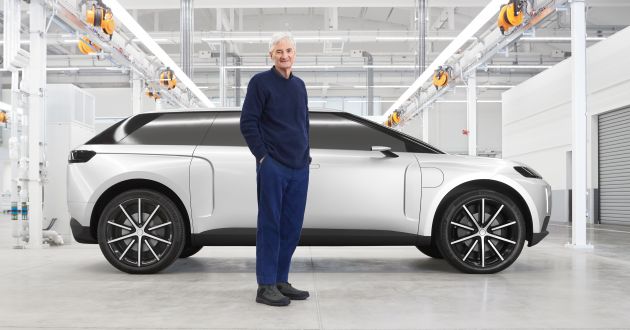
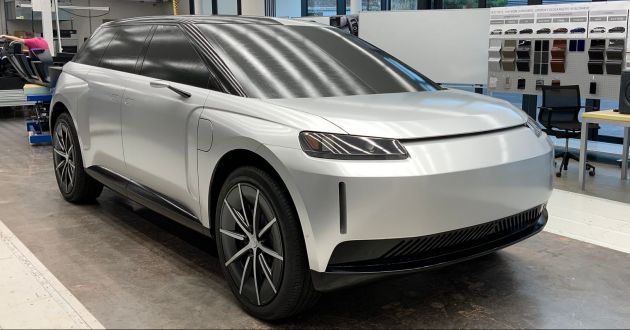


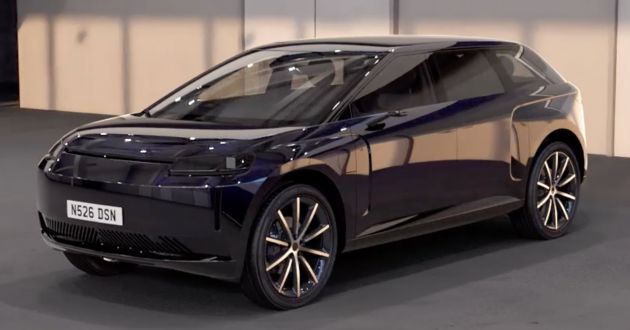
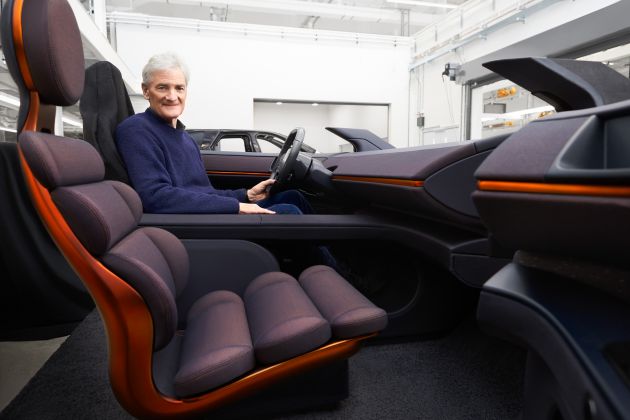
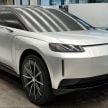
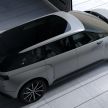
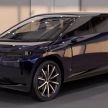
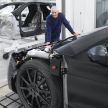
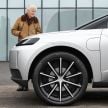
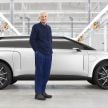
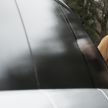
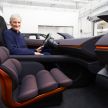
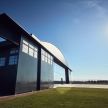


Thank paultan.org for editing the story until it misses the point why the project was shelved. As mentioned above from Autocar, to reduce fleet average CO2 emissions but what was edited out was large car companies can afford to sell EVs at cost if not a loss to save their line up from condemnation from environmental departments for corporate CO2 emissions whereas Dyson could not (and Tesla just breaking even with huge loans)
Dyson is real entrepreneur and not fake one like Elon Musk. He finally found out the truth about the electric car industry – that it is impossible to make an EV affordable enough for the masses while making a reasonable profit.
Most of the existing EV makers are getting grants and subsidy of one form or another and is not sustainable for long term business survival.
Dyson will be able to use whatever lesson he learnt from this failed project to improve his current range of consumer products.
Fake or real he pushes the limits more than most. People like you are employed because of people like him.
Dyson clearly took inspiration from Proton own 7seater Proton Exora EV. We won the prestigious “Best Overall Extender Range/Plug-in Hybrid Vehicle” at British Future Car back in 2010, going up against giant Toyota Prius hybrid.
When Dyson tried to port their niche product marketing strategy to a mass market like cars. Epic failure that costed billions and it could have been lower if Mr Dyson had setup in Johor rather than Sinkiepore. He thought he could be me. hahaha!
I hope next round he don’t dream to launch vacuums into space!
Since it was sinkapool based so temasek shud had jv funded dyson ev project?
Why is it all these big companies cannot get their act together when on you tube you see so many people successfully converting all kinds of car to EV?
We don’t need super luxury, and we will even pay a premium for it. If you can covert a 60K Myvi to EV and offer it for 80K, same specs, same accessories, 200km range with AC on, Im very sure people will pay. I know i would.
a 60k myvi converted into EV, the battery pack alone will cost more than 60k. And you will arrive at a 120k myvi.
Unfortunately it’s a Dyson product.. Which means it’s DOA.. Doudle or more of most of its competitor’s pricing and doing the same job. It priced itself out of the market and into the grave.
A Dyson vacuum is double or more its competitor prices and yet does the same job but still could find market to be a success. I guess that was what Dyson thought could happen.
No wonder it is a failed project. Why would you just project an annual sales of 5000 units @ a rm806k each? There is not enough volume to lower the production costs. Why not sale it for rm100k (with govt incentives) at 200k to 300k volume annually? Just like tesla hv done it (in pure ev perspective only, not with the self driving features that has put a lot of -ve news on Tesla)
No worries guys. Dyson is nothing.
We have our own kereta terbang, right?
a 60k myvi converted into EV, the battery pack alone will cost more than 60k. And you will arrive at a 120k myvi.